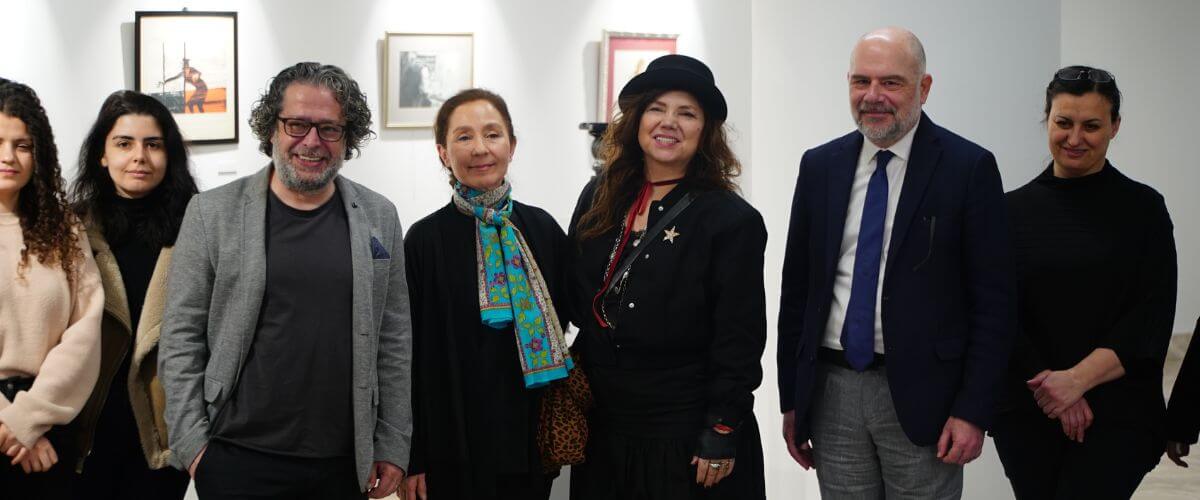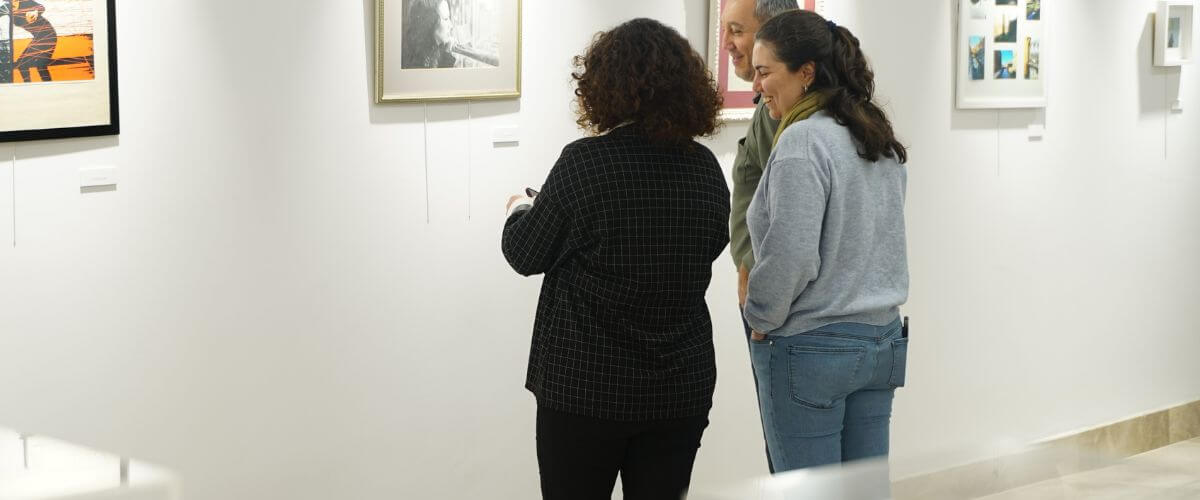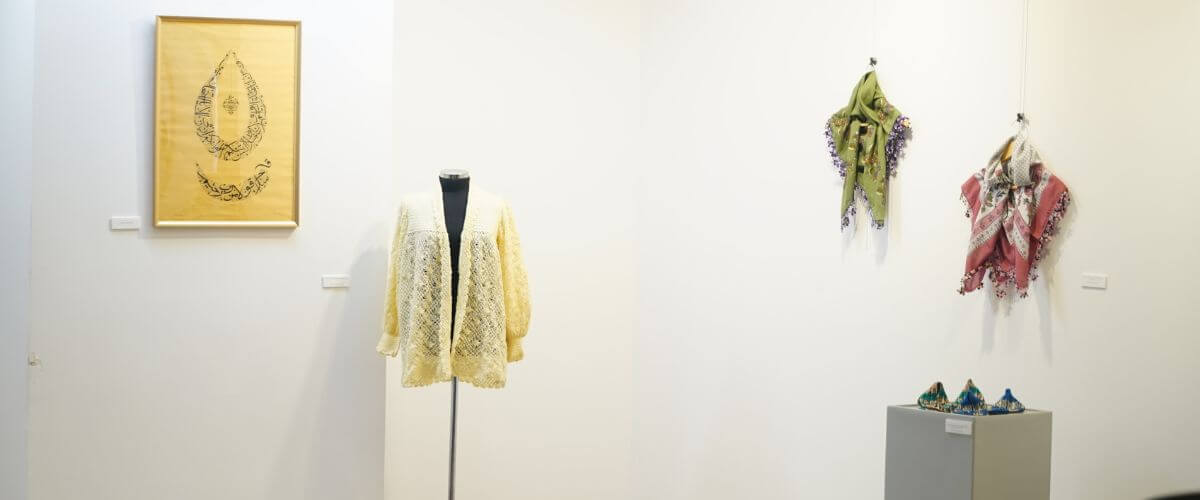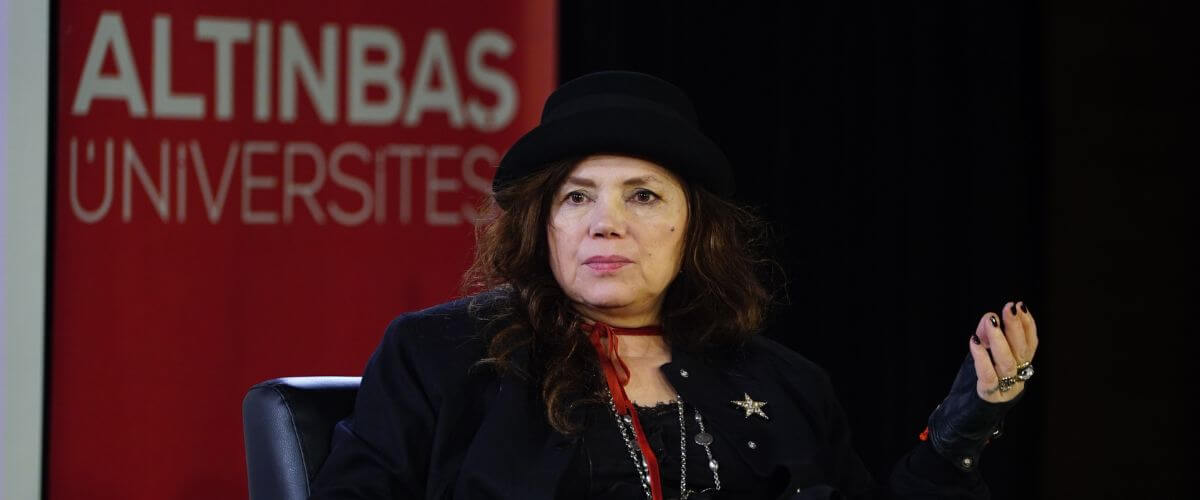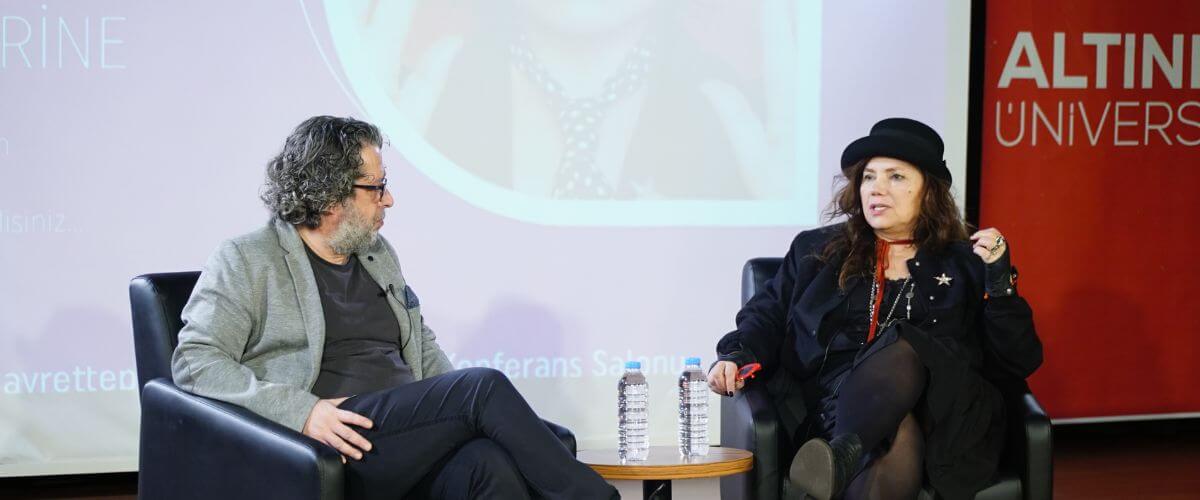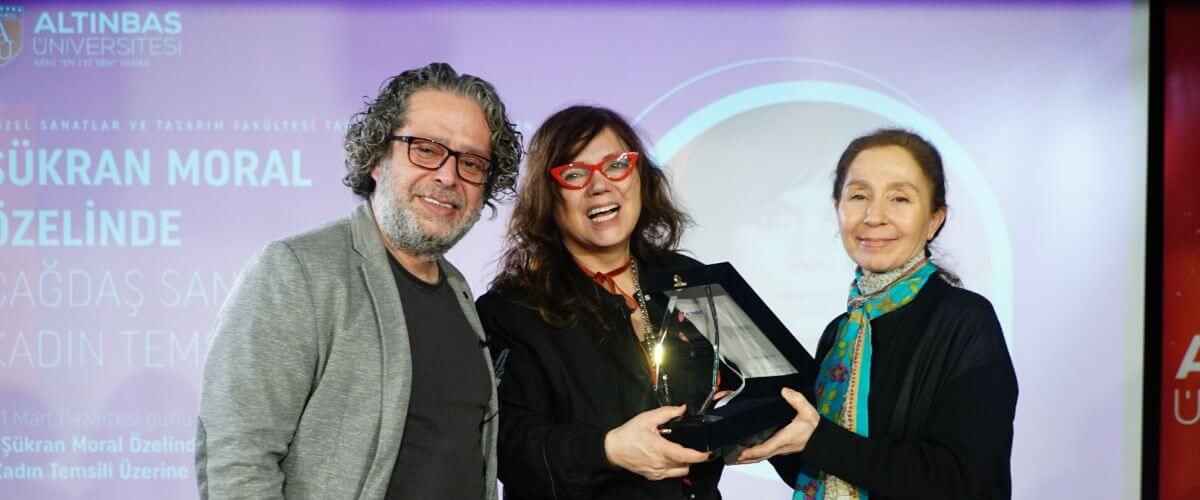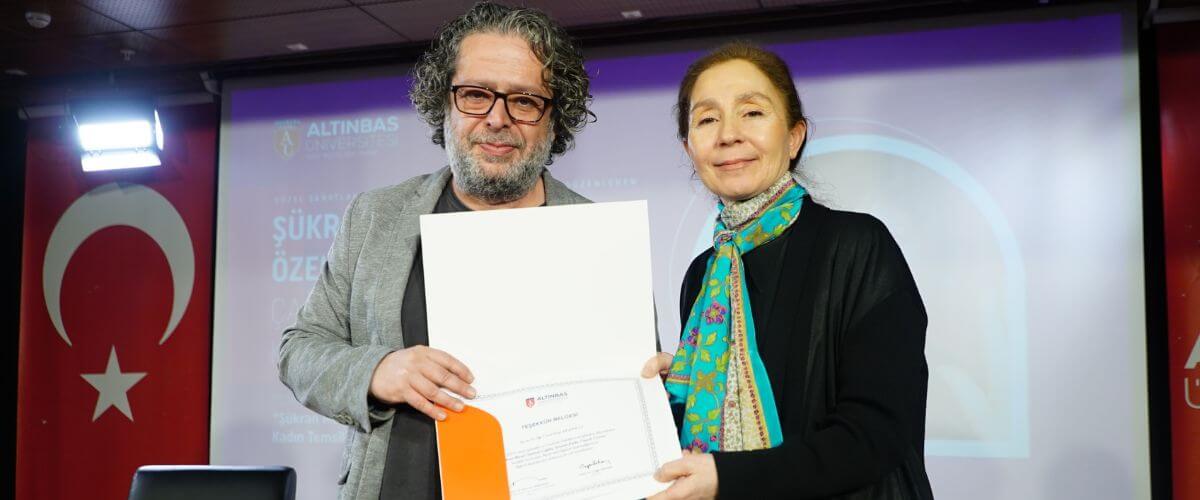Women's Labor Met with Art
On March 8, International Women's Day, women's labor met with art. Altınbaş University celebrated March 8 with an exhibition of works symbolizing women's labor from past to present and a talk on the place of women in the history of art.
On the occasion of International Women's Day, a exhibition focusing on women's labor was inaugurated by Prof. Dr. Ali Argun Karacabey, Vice Rector of Altınbaş University. The event was attended by academics, students, and art enthusiasts.
The exhibition showcased symbolic items representing women's labor from the past to the present, including sculptures, handcrafted works dating back 100-150 years, weaving, paintings, and photographs, for art enthusiasts to appreciate.
Following the opening of the exhibition organized by the Faculty of Fine Arts and Design at Altınbaş University, a discussion titled "On the Representation of Women in Contemporary Art" took place with artist Şükran Moral as the guest. Moderated by Dr. Fırat Arapoğlu, an expert in Art History and faculty member at Altınbaş University, the discussion delved into the issue of representation of women artists in art history, addressing discrimination.
Artist Şükran Moral recounted her lifelong struggle against conservatism and taboos in the art world, stating, "I have fought and continue to fight against racism and reactionary attitudes in the world. It is necessary to directly address the problems. There are still many taboos to be broken in the world."
Şükran Moral, who indicates the topics she fears the most in her performances, stated, "Losing my mind scares me a lot. Years ago, I wanted to draw attention to this by interviewing women who had been in the women's section of Bakırköy Mental Diseases Hospital. There were women who had been there for 30 years and did not know why."
In her speech, Prof. Dr. Nurcan Perdahçı, Dean of the Faculty of Fine Arts and Design at Altınbaş University, expressed that the exhibition, which emphasizes women's labor, attracted attention, saying, "The spread of art, spreading by individuals with that spirit, is a cultural event that requires some effort."
Drawing attention to the fact that we live in a geography with a history where women hold important positions, Prof. Dr. Nurcan Perdahçı said, "In this geography, Mustafa Kemal Atatürk established the Republic of Türkiye and granted women the right to vote and be elected before many developed countries. Unfortunately, we are still in a process where concepts like glass ceilings and glass elevators are generally accepted, and we hear about a woman being killed every day."
Recalling the 'comb-out' incident during the Ottoman Empire period as a women's rights struggle before March 8, Prof. Dr. Nurcan Perdahçı said, "Women have always fought for their rights."
Prof. Dr. Perdahçı explained, "Looking at the world women's movements, March 8 has gone down in history as a fire that started with the strike of female textile workers in America in 1957 due to their working conditions. However, similarly, in Anatolia, an incident of 'comb-out' occurred in Uşak on March 13, 1908, which went down in history as a women's movement, a strike, in which rug-weaving women who were unfairly paid went on strike, resulting in the closure of 3 British firms. In light of all these, we can say that we organized these events together to commemorate a day together, starting from the claim that men and women, side by side, without distinction, cannot exist without each other."
Art historian and Altınbaş University faculty member Dr. Fırat Arapoğlu, in his speech evaluating the place of women in art history from the past to the present, said, "Although the problems experienced by women artists in history seem to have relatively reached a desired position today, there are still problems regarding the representation of women artists and the lack of numbers of women artists."
Arapoğlu explained that for a long time, male production dominated in dominant fields such as painting, sculpture, and architecture until the second wave of feminism in the 1970s. He said, "This has been the case since the Renaissance. Until the second wave of feminism in the 1970s. During this process, we witnessed that some art historians' calls led to a gradual increase in women's studies. When we look at the exhibitions opened by major museums in the United States in the 1980s, we see that there was only one female artist who held personal exhibitions annually."
He also mentioned that the situation in Türkiye was not much different, stating, "In Türkiye, it was like this for a long time too. Just like in the academy, there was a male-dominated profile in art as well. With the 1990s, we witnessed a certain increase in the number of women artists, and they signed works that represented us very well on the international stage. However, we still believe that there are problems regarding the representation of women in art, academia, and all areas of social life. Therefore, I think the more visible we make this issue and create awareness, the more successful we can be."


